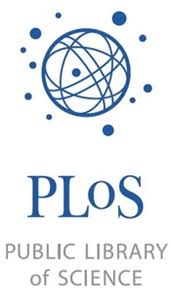 Abstract reposted from the PLoS Journal of Neglected and Tropical Diseases.
Abstract reposted from the PLoS Journal of Neglected and Tropical Diseases.
Authors: Christine Årdal and John-Arne Røttingen
Full Study: HERE
Background: Open source drug discovery offers potential for developing new and inexpensive drugs to combat diseases that disproportionally affect the poor. The concept borrows two principle aspects from open source computing (i.e., collaboration and open access) and applies them to pharmaceutical innovation. By opening a project to external contributors, its research capacity may increase significantly. To date there are only a handful of open source R&D projects focusing on neglected diseases. We wanted to learn from these first movers, their successes and failures, in order to generate a better understanding of how a much-discussed theoretical concept works in practice and may be implemented.
Methodology/Principal Findings: A descriptive case study was performed, evaluating two specific R&D projects focused on neglected diseases. CSIR Team India Consortium’s Open Source Drug Discovery project (CSIR OSDD) and The Synaptic Leap’s Schistosomiasis project (TSLS). Data were gathered from four sources: interviews of participating members (n = 14), a survey of potential members (n = 61), an analysis of the websites and a literature review. Both cases have made significant achievements; however, they have done so in very different ways. CSIR OSDD encourages international collaboration, but its process facilitates contributions from mostly Indian researchers and students. Its processes are formal with each task being reviewed by a mentor (almost always offline) before a result is made public. TSLS, on the other hand, has attracted contributors internationally, albeit significantly fewer than CSIR OSDD. Both have obtained funding used to pay for access to facilities, physical resources and, at times, labor costs. TSLS releases its results into the public domain, whereas CSIR OSDD asserts ownership over its results.
Conclusions/Significance: Technically TSLS is an open source project, whereas CSIR OSDD is a crowdsourced project. However, both have enabled high quality research at low cost. The critical success factors appear to be clearly defined entry points, transparency and funding to cover core material costs.
Citation: Årdal C, Røttingen J-A (2012) Open Source Drug Discovery in Practice: A Case Study.




